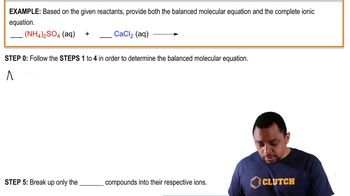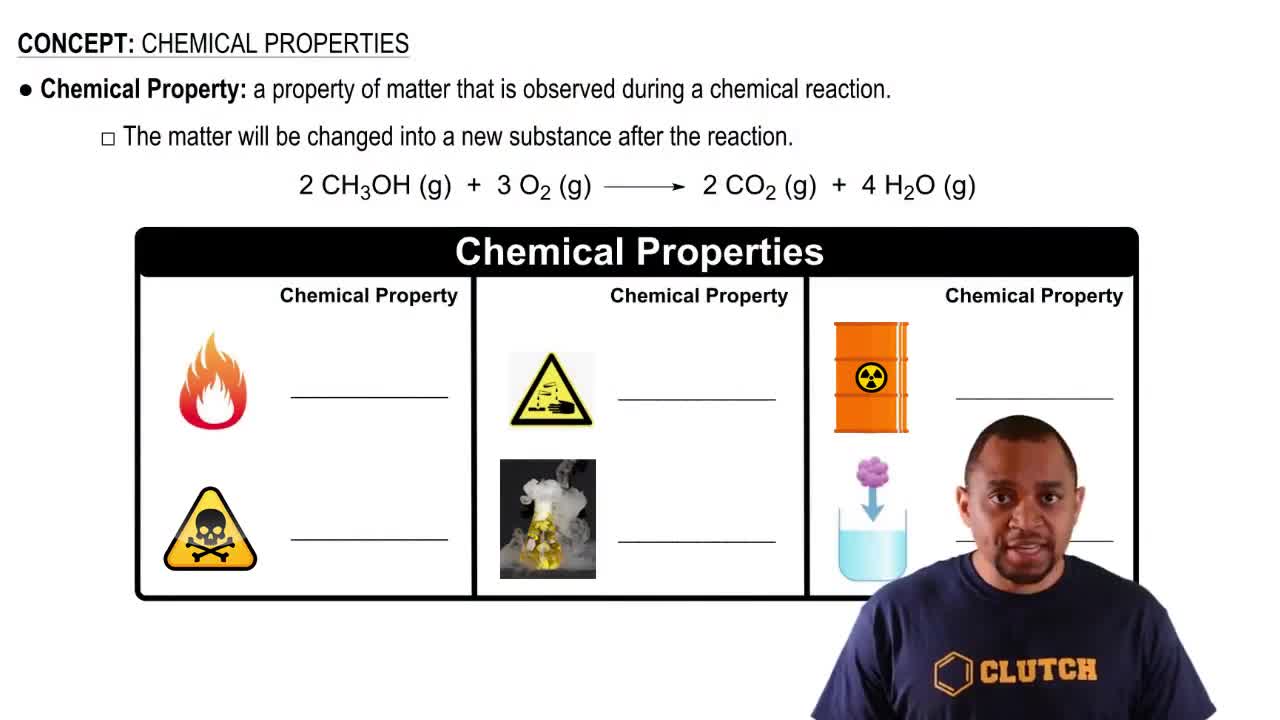(a) When chlorine atoms react with atmospheric ozone, what are the products of the reaction?
(b) If a limestone sculp- ture were treated to form a surface layer of calcium sul- fate, would this help to slow down the effects of acid rain? Explain.
 Verified step by step guidance
Verified step by step guidance
Verified Solution
Key Concepts
Acid Rain

Calcium Sulfate

Chemical Weathering

(b) Based on average bond enthalpies, would you expect a photon capable of dissociating a C-Cl bond to have sufficient energy to dissociate a C-Br bond?
Alcohol-based fuels for automobiles lead to the production of formaldehyde (CH2O) in exhaust gases. Formaldehyde undergoes photodissociation, which contributes to photo- chemical smog: CH2O + hn ¡ CHO + H The maximum wavelength of light that can cause this reac- tion is 335 nm. (b) What is the maximum strength of a bond, in kJ>mol, that can be bro- ken by absorption of a photon of 335-nm light?
Alcohol-based fuels for automobiles lead to the production of formaldehyde (CH2O) in exhaust gases. Formaldehyde undergoes photodissociation, which contributes to photo- chemical smog: CH2O + hn ¡ CHO + H The maximum wavelength of light that can cause this reac- tion is 335 nm. (d) Write out the formaldehyde photodis- sociation reaction, showing Lewis-dot structures.
